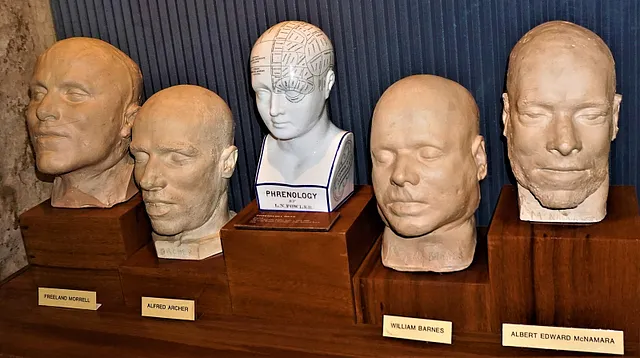
Death masks were created as a means of preserving the likeness of a deceased person. Traditionally made by casting a mold directly from the face of the deceased, death masks were typically formed from wax or plaster. The practice dates back thousands of years, with examples found in ancient Egyptian, Roman, and medieval European cultures.
The reasons for creating death masks varied across different times and cultures. Primarily, they served as a permanent record of a person’s features after death, especially before photography existed. They captured the exact likeness of the deceased, which was particularly important for historical figures, royalty, and prominent individuals. These masks could be used for creating portraits, sculptures, or memorials, ensuring that the person’s physical appearance was preserved for posterity.
In ancient Egypt, death masks, like the famous mask of Tutankhamun, were placed on mummies as part of the burial process, symbolizing the deceased's transition into the afterlife. In Europe, during the Renaissance and onwards, death masks became more common as mementos for family members or as references for artists tasked with creating statues or paintings.
Additionally, death masks were sometimes used for scientific purposes. In the 19th century, phrenologists would study death masks to try and understand human behavior by analyzing skull shapes, though these studies were later discredited.
Death masks represent a bridge between life and death, offering a tangible connection to the past by preserving a person’s unique identity even after they were gone.
Upvoted. Thank You for sending some of your rewards to @null. Get more BLURT:
@ mariuszkarowski/how-to-get-automatic-upvote-from-my-accounts@ blurtbooster/blurt-booster-introduction-rules-and-guidelines-1699999662965@ nalexadre/blurt-nexus-creating-an-affiliate-account-1700008765859@ kryptodenno - win BLURT POWER delegationNote: This bot will not vote on AI-generated content